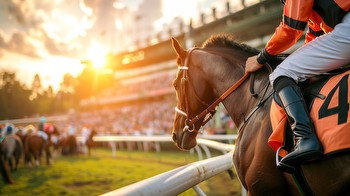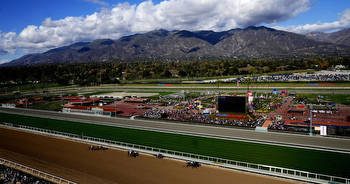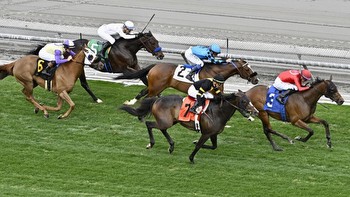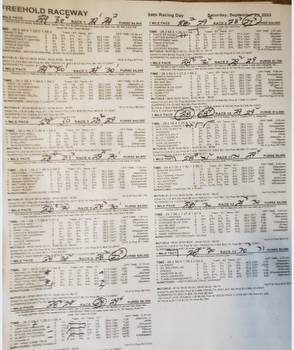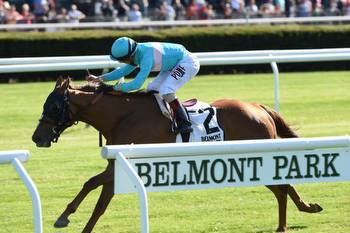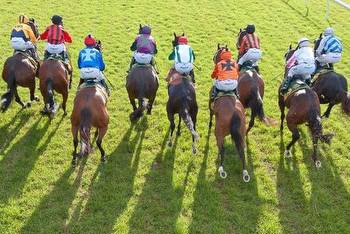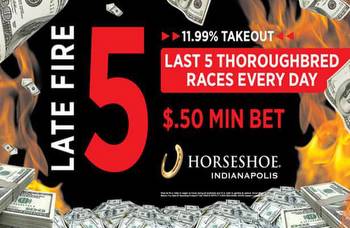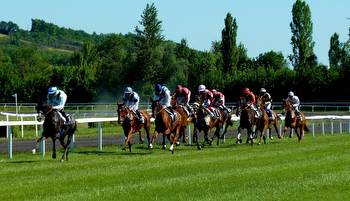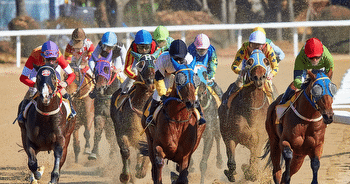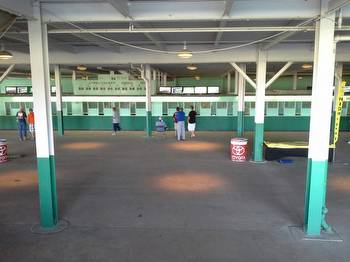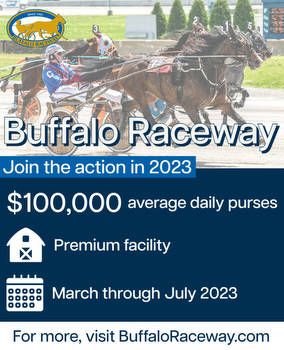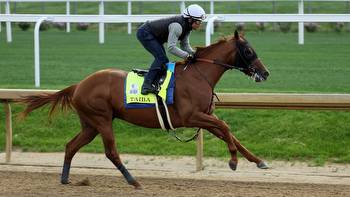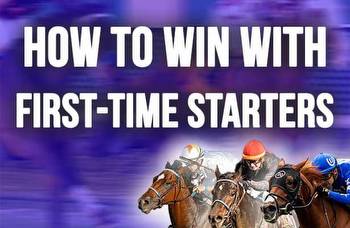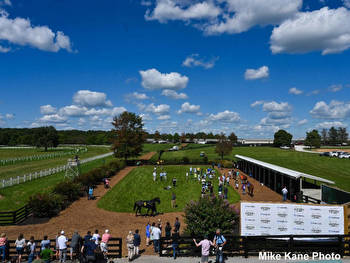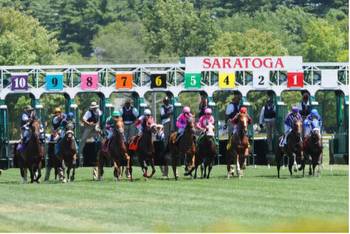NEW EDITION: Gil Winston’s Handicapping Corner

Welcome to the first edition of Gil Winston’s Handicapping Corner. Here, you will find a series of articles and charts devoted to the harness racing devotees who take handicapping in pursuit of profit, seriously.
Expect articles and charts specifically aimed at helping you make money. You will not see cherry-picked race results to prove how much money you would have made if you had followed some oddball system of handicapping.
You will not find predictions of races where all pertinent data for every entrant in a race is not yet available to the handicapper.
What you will find are techniques, observations and opinions on handicapping that enabled me to earn a living via harness racing gambling as my only means of support for many years. I am sorry to say that there were profitable angles of bygone days that are no longer prevalent for today’s player.
However, based on the foundation of knowledge you will learn here, you may come up with new profitable techniques.
In this first edition, we start off with the number one principle in making a profit betting on the horses, or any other endeavor for that matter. That principle is, “The harder I work, the luckier I get.”
Many years ago, life brought me to Pompano Park, and I had to figure out how to make a living betting on races where: Horses shipped in from tracks unknown to me, I knew no drivers, I knew no trainers and my experience had been wagering on half-mile tracks. Pompano Park was a 5/8 track. It was time to get to work. This started:
A Day In The Life of the Handicapper
In this day and age where most bets are made away from the track, a lot of data is available online. In addition, most of the handle is posted seconds before each race starts making odds projections difficult.
Therefore, some of this routine might not apply. But the work ethic remains the same and future editions of Gil Winston’s Handicapping Corner will go into detail of the new paradigm of handicapping for profit.
After reading through the activities, one may consider that the day actually starts after the last race of the previous card, but let’s be more conventional and start when one wakes up in the morning.
1 – The day’s program is out for study early if there are qualifiers to see that day. You want to be comfortable knowing the capabilities of each horse in every race. You are looking for reasons to believe that each horse will race the same, better than, or worse than its previous line.
We’ll go into depth regarding handicapping in future articles. As for now, know that spending time on the program should be upwards of two hours depending on the number of races and field size. I caution against making decisions too quickly based on familiarity with individual horses because finding horses that did something different than they had in previous races is why you spend so much time on the program.
2 – To the track for qualifiers. What to look for in qualifiers will be the topic for a future article. You do not want to focus on what goes on up front as much as you want to focus on the trailers. There may be multiple class differences between the horses up front and the horses who bring up the rear. Having sheets with past performances will help, but I never had those when I went to qualifiers and never felt hurt by that lack of knowledge. Take notes that mean something to you.
3 – To the race office for the results of the draw. Why in the world is that important? Today, with less horses being entered, it is frequently not important. But if there were more horses entered than filled the fields through AE1 and AE2, the race office posting of entries, including horses that did not get in, on the wall was the only way to know who is experiencing a week off (or more) but was ready to race. Keep records of horses that were also eligible and assume they are ready to race, despite the gap in their past performances, when next they race.
4 – Free time. Yay! Then again, things are different now. You want to review race results from other tracks during the day. Horses are now stabled on farms and not as much at the track. Trainers frequently get hot and cold streaks at all tracks, simultaneously. Form changes of horses for a particular trainer that raced during the day might alter your opinion on their horses racing that night.
In addition, horses racing on the card in which you will be wagering on may have raced against horses racing during that day at other tracks. Their performance against tougher or weaker competition may alter your judgement of horses that night.
In today’s online world, I have cashed tickets because I kept an eye on other tracks racing simultaneously based on results of trainers and horses racing elsewhere.
5 – Be at the track in time for warmups. Back in the day, most horses used to go two trips before they raced, and the last trip was usually one hour before the post of each race. Note if the trainer, driver or someone else is warming up the horse. It might indicate confidence or intent.
What you might look for will be the subject of another article, but pre-race workouts are no longer as prevalent. But since they are not as frequent, those that do work hard before a race are worth noting. Can you motivate yourself to arrive early when most frequently you will not see something worthwhile?
6 – Wagering on and watching the races will be the subject of future articles. The most important action is the most difficult especially when your profit and loss is based upon who wins the race. But you must know what goes on in the back of the field for future wagers. Get to know the replay blind spots and focus on those racing there. Take cryptic meaningful notes. Create consistent meaningful abbreviations so that you always know what you wrote. Watch the replays and take more notes. Might not apply to those who now trust online replays.
7 – Buy the next day’s program on your way out. The races are over and the day in the life of the handicapper is over. Right. Hell, no. Important work is still ahead. When you get home review the races. You are looking for patterns that you may not have picked up. You may be surprised at what you pick up with these post-races review.
8 – Review your work. Did you bet properly? Did you miss something? How can you adjust your gambling to improve your bottom line?
9 – The program has the chart from the week before. You want to keep the charts separate from the programs because you want to work from charts instead of wasting time going through programs. Rip off the chart, then find the program from the week before and transfer the notes from that program to the chart you are seeing for the first time. See why cryptic abbreviations are important? Work off the charts and not the programs when you get to work in the morning. Keep programs, also, in case you believe you might have missed something.
10 – Another fun and, more often than not, profitable day completed. Time to sleep in order to be fresh to do it again tomorrow.
Too much work for you? I suggest you find another line of work.
Power to the punter.
by Gil Winston, for Harnesslink


